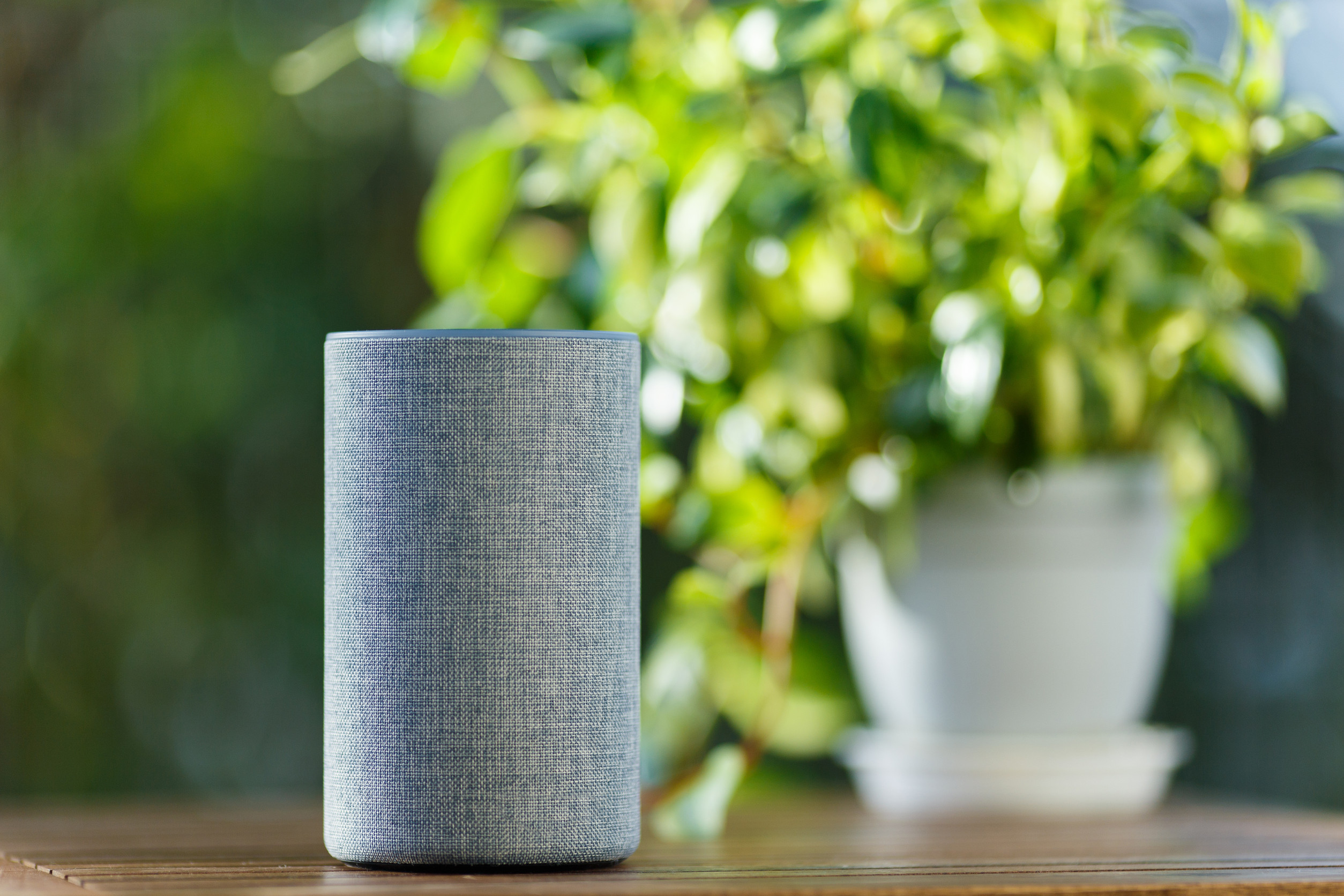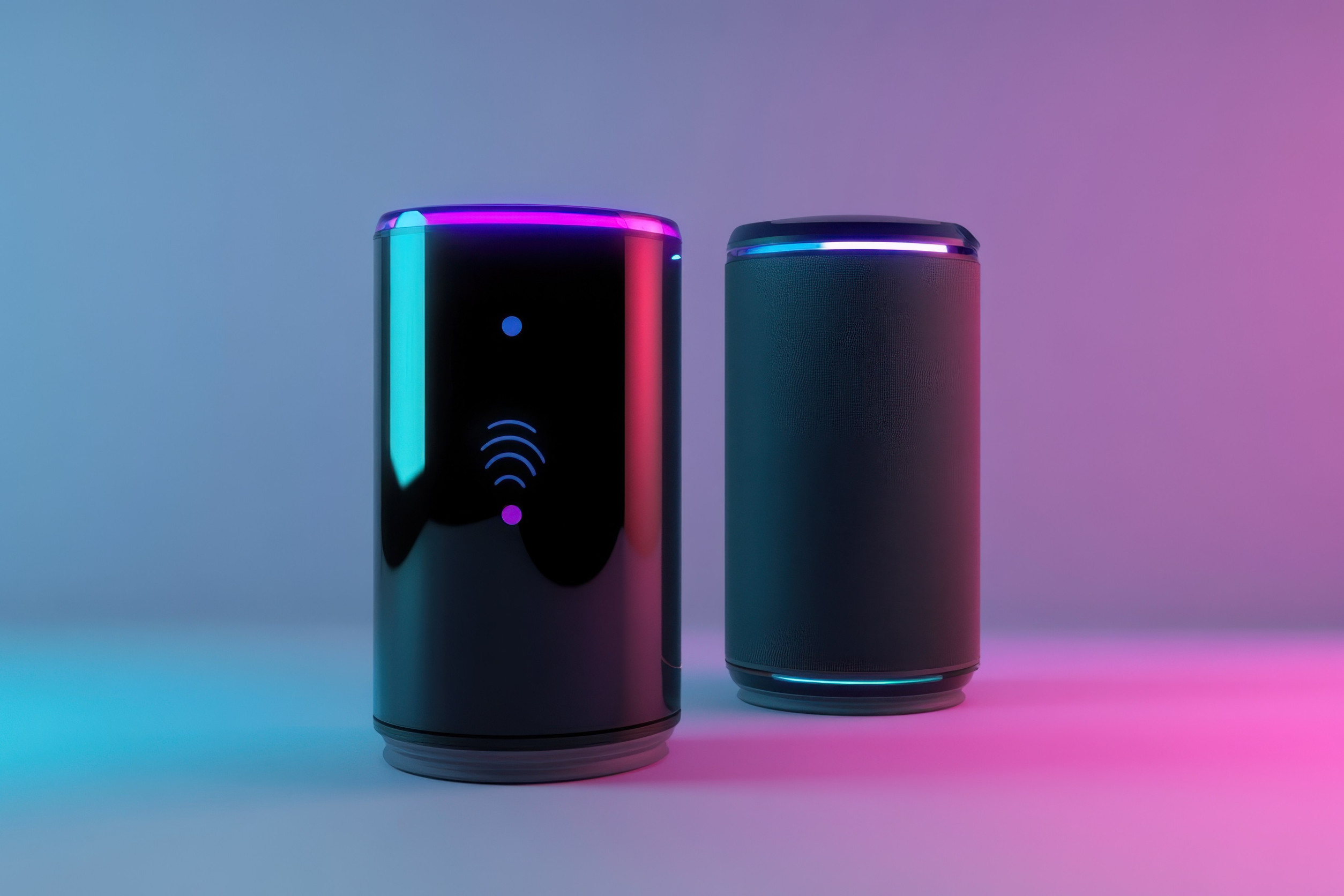
Smart speakers are designed for convenience, but they can also be a silent liability. These voice-activated devices respond to spoken commands, making them incredibly useful—but also potentially vulnerable. When placed near windows, smart speakers become easier targets for outside interference.
From pranksters to hackers, anyone with line-of-sight and a speaker of their own can attempt to hijack your device with a simple phrase. The very feature that makes smart speakers intuitive—voice recognition—can turn against users when spatial awareness is ignored.
Windows Give Sound a Way In
Sound doesn’t respect glass—it travels straight through, especially when volumes are high. A nearby passerby or someone parked on the street could easily issue voice commands through an open or even closed window. If the smart speaker picks up the signal, it will treat it as if it came from a trusted user. Commands like unlocking doors, purchasing items, or accessing calendars could all be executed. This audio loophole becomes a glaring vulnerability the moment a device is placed near any exterior-facing window.
Exploiting Wake Words is Easier Than Most Think
Smart speakers activate when they hear specific wake words like “Alexa,” “Hey Google,” or “Siri.” These words can be spoken by anyone—authentication often happens after activation, not before. If the device is near a window, someone with malicious intent could trigger the assistant from outside and issue commands. Even with some security measures in place, the initial activation step is all an attacker needs to begin probing. That split-second vulnerability is enough for skilled actors to start a chain of unauthorized interactions.
The Rise of Laser-Based Audio Attacks
Recent research has revealed that attackers don’t even need audible sound to hijack smart speakers. Using focused lasers, bad actors can beam light onto the device’s microphone, tricking it into registering audio commands. These laser-based attacks can be launched from a surprising distance—up to several hundred feet away. A smart speaker placed near a window makes targeting with lasers significantly easier due to visibility and access angles. With such precision tools in the wild, device positioning becomes a frontline defense.
Pranks Are Just the Tip of the Iceberg
At first glance, an audio hijack might seem like a prank—someone playing music, turning lights off, or asking silly questions. But the real danger lies in what can be accessed if the speaker is linked to sensitive systems. A hijacked speaker could be instructed to disable security alarms, order high-value items, or gather information from calendars and emails. Attackers can also create custom routines, setting traps that automate actions later on. The initial breach may be playful, but it can easily escalate into real-world consequences.
Glass Walls, Public Spaces, and Corporate Risk
Businesses using smart assistants in public-facing areas are also at risk. Conference rooms with glass walls or retail setups near storefront windows provide clear opportunities for outsiders to exploit the devices. Even a short voice command through the glass could compromise internal systems or leak confidential information. Smart devices tied to calendars, reminders, or client calls can become tools of espionage if improperly placed. Organizations need to treat smart speaker placement with the same caution they give to network ports and server access.
Authentication Isn’t Foolproof
Most smart speakers lack strong user verification by default. While some offer voice recognition, it’s often inconsistent and can be fooled by recordings or voice clones. This makes it risky to rely on the speaker to determine who is actually speaking—especially when the voice is coming from outside. A window creates just enough access for attackers to test these flaws in the wild. Without a secondary layer of verification, commands are executed too easily for comfort.

Privacy Features Are Only Helpful When Used Right
Many smart speakers include privacy settings like microphone muting, but users often forget to engage them. Even when those features are available, they’re rarely automated and depend on manual action. Placing the speaker near a window increases the odds it will be active when it shouldn’t be. Trusting that no one will exploit that moment is a gamble, especially with growing awareness of these attack vectors. Awareness and deliberate use of privacy tools are the only way to stay ahead of opportunistic threats.
Window Placement Undermines Physical Security
Physical security is not just about locks and cameras—it’s also about where devices are placed. A speaker sitting next to a first-floor window essentially offers remote access to indoor systems without needing to breach the building. Criminals don’t need to enter—they just need to speak from the sidewalk or beam a laser from across the street. That kind of low-effort, high-reward opportunity is exactly what cyber-physical attackers look for. Removing that access point starts by moving the device somewhere safer.
Security Starts with Smarter Placement
The easiest way to protect against audio hijacks is to rethink where smart speakers live. Walls, corners, and inner rooms add a natural sound buffer that makes external attacks far less likely to succeed. Windows, in contrast, act like megaphones for incoming threats—especially if left open. Keeping devices out of direct line-of-sight and earshot from the outside world significantly reduces their exposure. No amount of software security can substitute for smart, intentional physical placement.
Think Before You Place
Placing a smart speaker near a window may seem harmless, but it opens the door—literally and figuratively—to hijacking attempts. As attackers grow more creative, defending against them means thinking beyond software settings. Positioning devices wisely, using privacy features, and enabling authentication options all help, but the first step is simply removing the temptation. Security isn’t just about code; it’s about context.
If this article raised any thoughts or concerns, share your take in the comments and join the conversation on smarter home tech use.
Read More
6 Smart Devices That May Be Listening During Legal Consults
Why Throwing Out a Broken Smart Device Could Lead to Identity Theft
The post Why Placing Smart Speakers Near Windows Could Invite Audio Hijacks appeared first on Everybody Loves Your Money.







